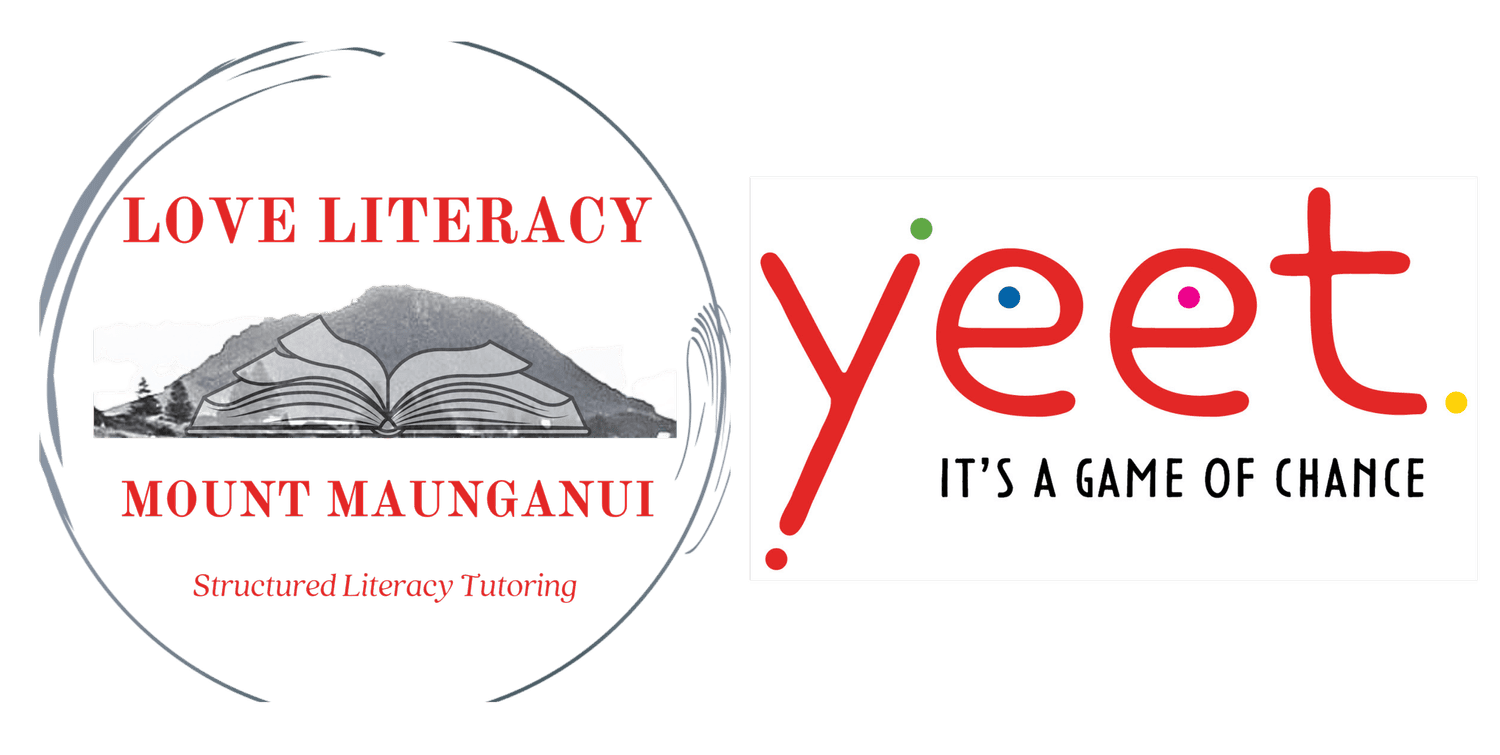Navigating the Write Way – Part One.
This blog post is the first in a few about writing. I’m not sure how many parts there will be yet! I was prompted to write this after coming across a post about writing in a forum I follow over the weekend. The post described a parent’s frustration with their child’s writing process. Although the child writes extensively to express their ideas, the resulting work is affected by poor spelling, lack of punctuation, and illegibility when later reviewed.
This struggle is all too common, and one I see particularly in my intervention setting. Sadly, there is no quick fix. In this post, I will delve into an explanation of writing and why it’s crucial to get it right.
So, what is writing? According to the Oxford Dictionary, writing is “the activity or occupation of composing text for publication.” It involves the process of using symbols (letters of the alphabet, punctuation, and spaces) to convey thoughts and ideas in a readable form.
In “How to Teach Writing, Spelling, and Grammar” by Dr. Helen Walls with Christine Braid, writing is further explored as essential for success in school. It aids in students’ recall and understanding, supports with their development of thinking skills, and is a required skill in over 70% of jobs. Suffice it to say, the ability to write effectively is paramount as a life skill. Unfortunately, there have been declining rates of writing achievement, prompting a closer examination of how this trend can be reversed.
What do we already know? Just like reading, writing is not innate (Moates & Tolman, 2024). While our brains are hard-wired to learn to speak, they are not naturally inclined toward reading or writing; thus, these skills must be taught.
Writing is a complex process involving the utilisation of many skills including motor skills, cognitive skills, and affective skills. Affective skills in writing include the ability to express emotions, empathise with the audience, reflect on our own emotions, persuade effectively, and build meaningful connections with readers.
All these skills combined support a writer to create engaging, impactful, and emotionally responsive written content. Therefore, it stands to reason that there is a clear need for evidence-based approaches to writing.
In my concluding thoughts on part one of these posts, we now understand that writing is far more than just putting words on a page. It’s a multifaceted skill that requires a deep understanding of language, communication, and human emotion. It is important that we recognise the complexities of writing and the importance of mastering it so that learners can hone this critical skill.
Next week I explore The Simple View of Writing, The Writing Rope, and how these work to create the building blocks of writing.
Further reading:
https://www.readingrockets.org/topics/early-literacy-development/articles/speaking-natural-reading-and-writing-are-not#:~:text=Human%20brains%20are%20naturally%20wired,years%20to%20master%20the%20skill.
Writing
I also recommend you read The Writing Revolution by Judith C. Hochman and Natalie Wexler, How to Teach Spelling, Writing, and Grammar by Helen Walls with Christine Braid, as well as From Words to Works by William Van Cleave.
